Home>Gardening & Outdoor>Landscaping Ideas>Can I Mow Grass When Wet
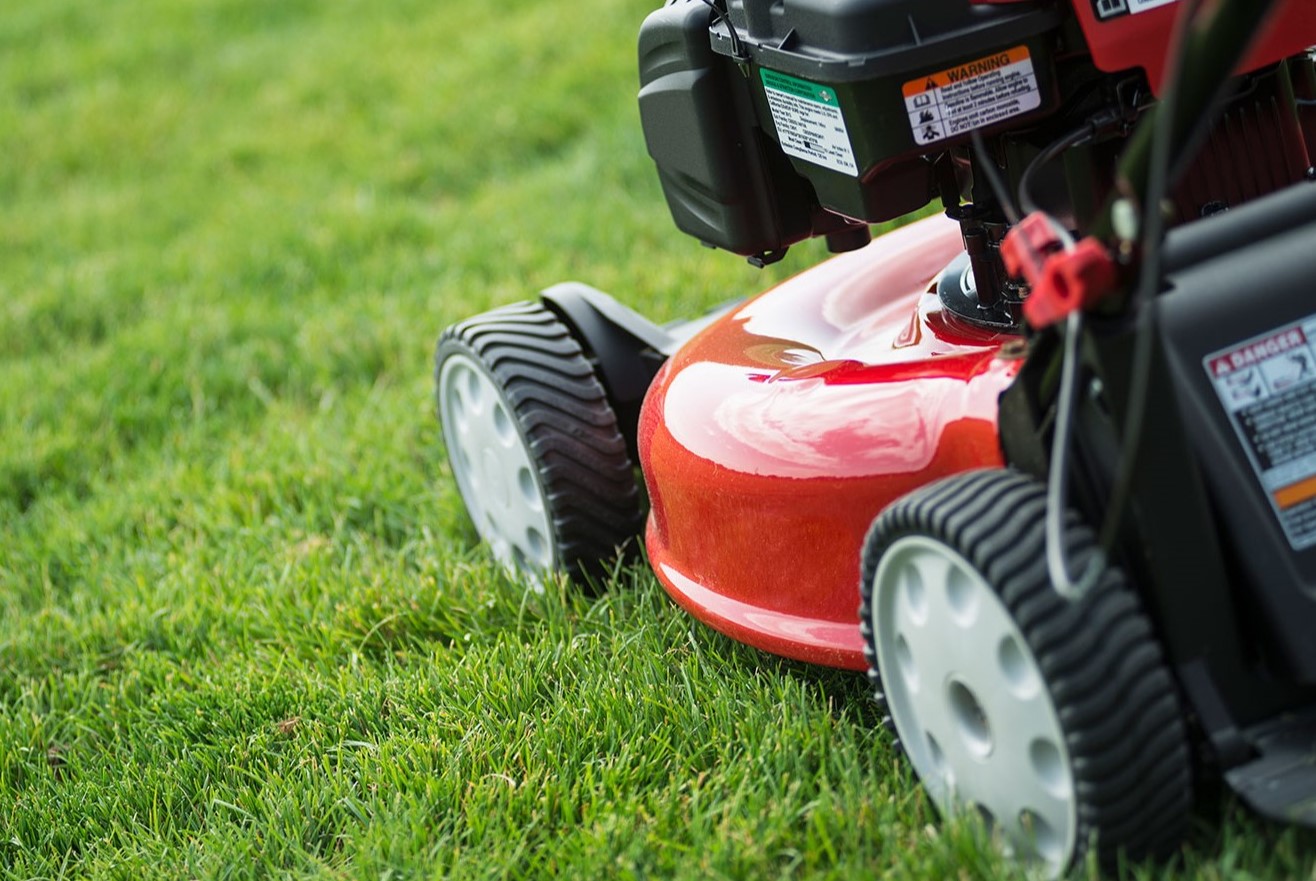

Landscaping Ideas
Can I Mow Grass When Wet
Modified: January 24, 2024
Discover expert landscaping ideas and tips for mowing grass when wet. Learn the best practices for maintaining your lawn in any weather condition.
(Many of the links in this article redirect to a specific reviewed product. Your purchase of these products through affiliate links helps to generate commission for Storables.com, at no extra cost. Learn more)
**
The Pros and Cons of Mowing Wet Grass
**
When it comes to maintaining a lush, well-kept lawn, mowing is a crucial aspect of the process. However, the question often arises: can I mow grass when it’s wet? The debate surrounding this topic is a longstanding one, with valid points on both sides. In this article, we’ll explore the effects, risks, and tips associated with mowing wet grass, providing you with the necessary insight to make informed decisions about your lawn care routine.
For many homeowners, the sight of dew-laden grass or post-rain moisture might prompt the urge to fire up the lawnmower and get to work. After all, weekends are often the only time available for lawn maintenance, and unpredictable weather can sometimes throw a wrench into those plans. However, it’s essential to consider the potential consequences and hazards of mowing wet grass before proceeding.
The Effects of Mowing Wet Grass
Key Takeaways:
- Mowing wet grass can harm your lawn by causing uneven cuts, soil compaction, and clumping of clippings. It can also pose risks to your safety and damage your equipment.
- To maintain a healthy lawn, avoid mowing wet grass if possible. If unavoidable, use sharp blades, adjust mowing height, and time your mowing carefully. Consider alternative lawn care during extended wet periods.
Read more: Can You Fertilize When Grass Is Wet
The Impact on Lawn Health
Mowing wet grass can have various effects on the overall health and appearance of your lawn. One of the primary concerns is the potential for damage to the grass blades. When grass is wet, it becomes more flexible and prone to bending rather than cleanly cutting. This can result in uneven cuts and frayed grass tips, which not only detract from the visual appeal of your lawn but also create openings for disease and pests to infiltrate.
Soil Compaction and Rut Formation
Another consequence of mowing wet grass is the risk of soil compaction and rut formation. The excess moisture in the grass and soil makes it more susceptible to being compressed by the lawnmower’s weight, leading to compacted soil and unsightly ruts in your lawn. Soil compaction can hinder the grass roots’ access to oxygen, water, and nutrients, ultimately impeding their growth and overall health.
Clumping and Dispersal of Clippings
When the grass is wet, the clippings tend to clump together and adhere to the mower deck, resulting in uneven dispersal across the lawn. This can create patches of thick thatch, which inhibits sunlight, air, and moisture from reaching the soil and grassroots. Additionally, the clumped clippings may smother the grass, impeding its ability to thrive and impeding the decomposition process.
Overall Aesthetic and Visual Appeal
From an aesthetic standpoint, mowing wet grass can compromise the overall visual appeal of your lawn. The uneven cuts, clumped clippings, and potential damage to the grass blades can detract from the pristine, manicured look that most homeowners strive to achieve. This can be particularly noticeable on finely manicured lawns, where precision and uniformity are paramount.
Risks and Dangers of Mowing Wet Grass
Read more: Why Does Grass Clump When I Mow
Potential Hazards to the Operator
When mowing wet grass, the risks extend beyond the impact on the lawn itself. For the person operating the lawnmower, there are potential hazards to consider. Wet grass can make the ground slippery, increasing the likelihood of slips and falls, which can result in injuries. Moreover, the moisture on the grass can make it more challenging to maintain a firm footing, potentially leading to accidents involving the lawnmower.
Equipment Damage and Maintenance
Mowing wet grass can also take a toll on your lawnmower. The clumped clippings and excess moisture can lead to clogging and buildup within the mower deck, impeding its performance and necessitating more frequent maintenance. Additionally, the added stress on the mower’s engine and blades can contribute to wear and tear, potentially shortening the equipment’s lifespan.
Electrical Hazards
For individuals using electric lawnmowers, there is an added risk of electrical hazards when mowing wet grass. The combination of moisture and electrical equipment introduces the potential for electrical shocks or short circuits, posing a danger to the operator and bystanders. It’s crucial to prioritize safety and exercise caution when using electric mowers in wet conditions.
Environmental Considerations
Beyond the immediate risks, mowing wet grass can have environmental implications. The clumped clippings and potential damage to the grass can contribute to thatch buildup, inhibiting the natural decomposition process and impacting the ecosystem within your lawn. Additionally, the rut formation and soil compaction can disrupt the natural balance of the soil, affecting its ability to support healthy plant growth and microbial activity.
Tips for Mowing Wet Grass
It’s best to avoid mowing wet grass because it can cause clumping, damage to the grass, and make the mower slip. Wait for the grass to dry for a better cut.
Read more: When To Mow Overseeded Grass
Choose the Right Mowing Equipment
When mowing wet grass, using the appropriate equipment can make a significant difference. Consider using a mower with sharp blades and a powerful engine to minimize the risk of clumping and uneven cuts. Additionally, if possible, opt for a mower with a mulching feature to finely chop the clippings and disperse them more evenly across the lawn.
Adjust Mowing Height and Frequency
Setting the mower to a slightly higher cutting height can help mitigate the potential damage caused by mowing wet grass. Taller grass blades are less likely to bend and fray, resulting in a cleaner cut. Furthermore, adjusting the mowing frequency during wet periods can alleviate stress on the grass and minimize the negative impact of mowing under such conditions.
Time Your Mowing Carefully
Choosing the right time to mow can also influence the outcome when dealing with wet grass. If possible, wait until the grass has had a chance to dry, such as in the afternoon when the sun and wind have had time to evaporate the moisture. Mowing wet grass early in the morning or late in the evening should be avoided to prevent prolonged moisture exposure.
Clear Clippings and Maintain the Mower
After mowing wet grass, take the time to clear any clumped clippings from the lawn to prevent thatch buildup. Additionally, thoroughly clean the mower deck to remove any accumulated debris and moisture. Regular maintenance, including blade sharpening and deck cleaning, can help preserve the mower’s performance and prevent issues associated with mowing wet grass.
Read more: When To Start Mowing Bermuda Grass
Consider Alternatives During Wet Periods
During extended periods of wet weather, it may be prudent to explore alternative lawn care practices to avoid the risks and negative effects of mowing wet grass. This could include focusing on other aspects of lawn maintenance, such as edging, trimming, and applying treatments to promote soil health and grass resilience.
Conclusion
Striking a Balance for Optimal Lawn Care
Ultimately, the decision to mow wet grass involves weighing the potential consequences and risks against the immediate need for lawn maintenance. While it’s generally advisable to avoid mowing wet grass whenever possible, there are circumstances where it may be unavoidable. In such cases, implementing the aforementioned tips and precautions can help mitigate the negative effects and minimize the associated risks.
Adapting to Weather Conditions
As a homeowner invested in the health and appearance of your lawn, staying attuned to weather forecasts and adapting your lawn care routine accordingly can make a substantial difference. Being mindful of the moisture levels in the grass and soil, as well as the weather patterns, can inform your decision-making process and help you optimize your lawn maintenance efforts.
Prioritizing Safety and Long-Term Lawn Health
While the allure of a freshly mowed lawn is undeniable, it’s essential to prioritize safety and the long-term health of your lawn. By exercising caution, utilizing the right equipment, and adjusting your mowing practices during wet conditions, you can uphold the integrity of your lawn and minimize the potential risks associated with mowing wet grass.
Ultimately, your lawn care routine should be guided by a balance of diligence, adaptability, and a commitment to fostering a thriving outdoor space for relaxation and recreation. By making informed choices and considering the well-being of both your lawn and yourself, you can navigate the challenges of mowing wet grass while maintaining a vibrant and resilient lawn.
Frequently Asked Questions about Can I Mow Grass When Wet
Was this page helpful?
At Storables.com, we guarantee accurate and reliable information. Our content, validated by Expert Board Contributors, is crafted following stringent Editorial Policies. We're committed to providing you with well-researched, expert-backed insights for all your informational needs.
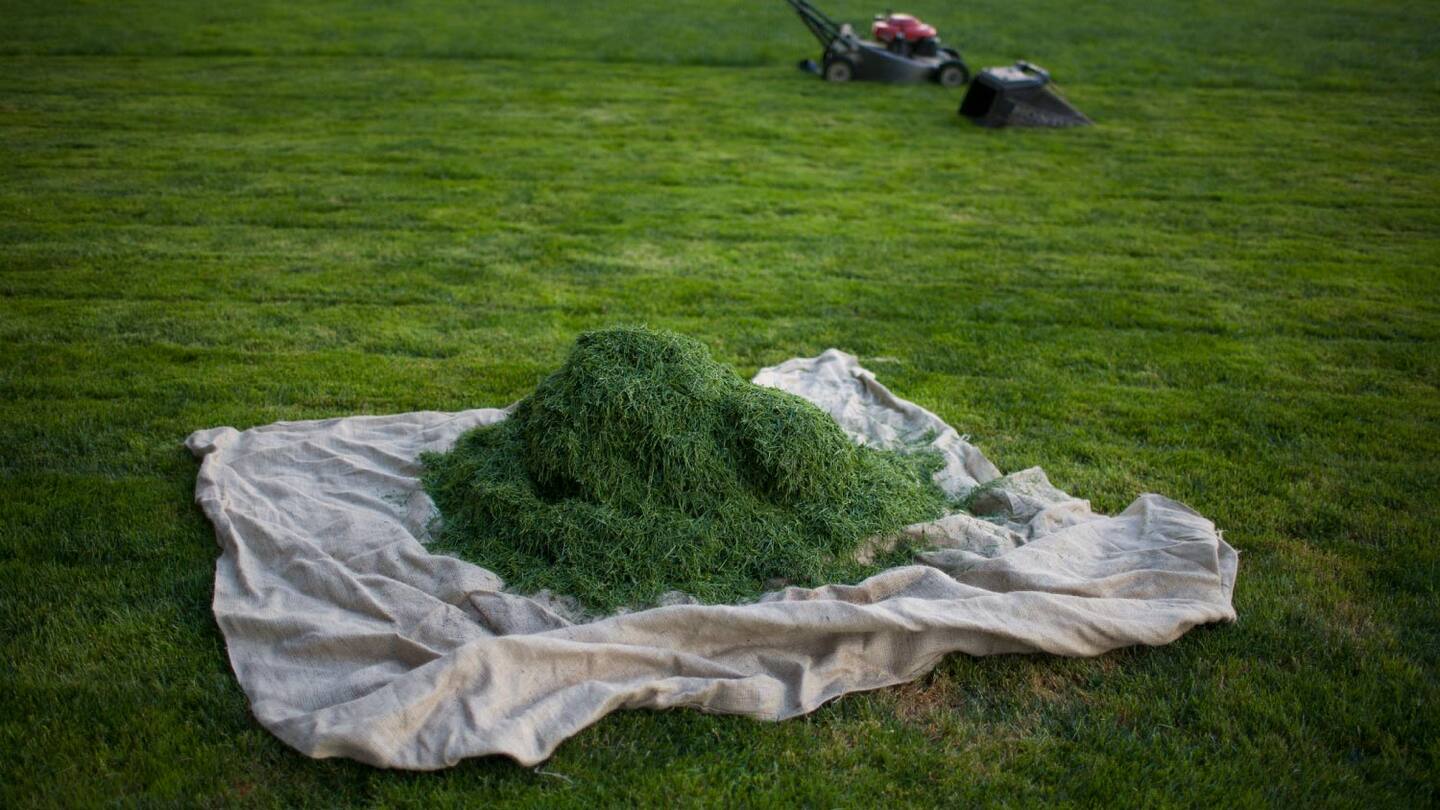
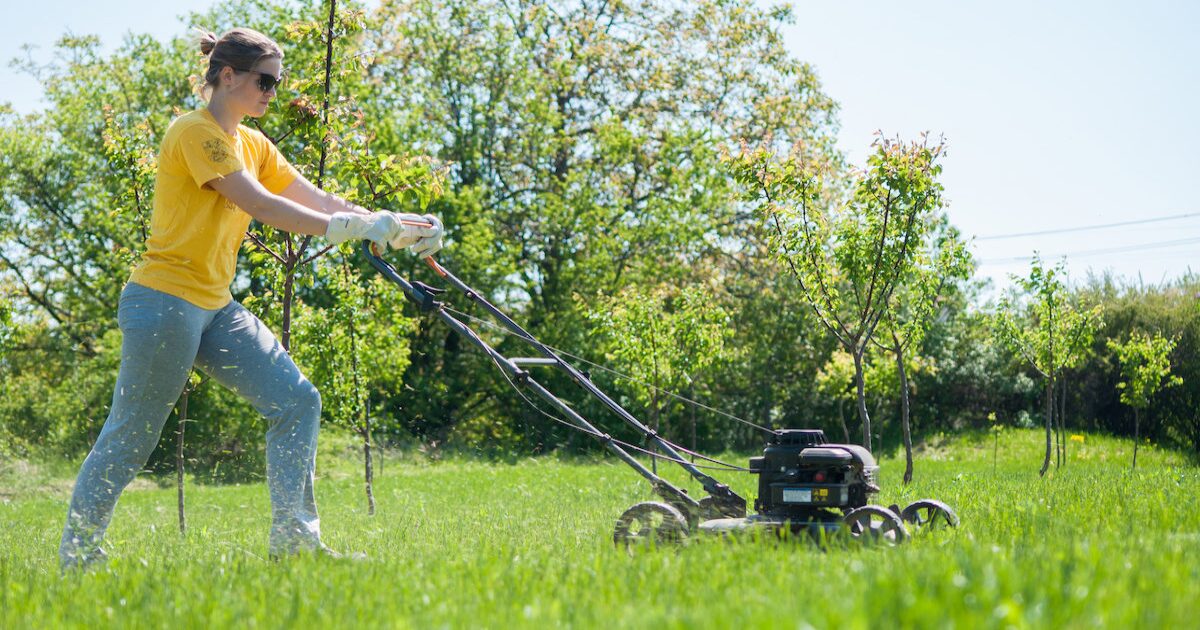
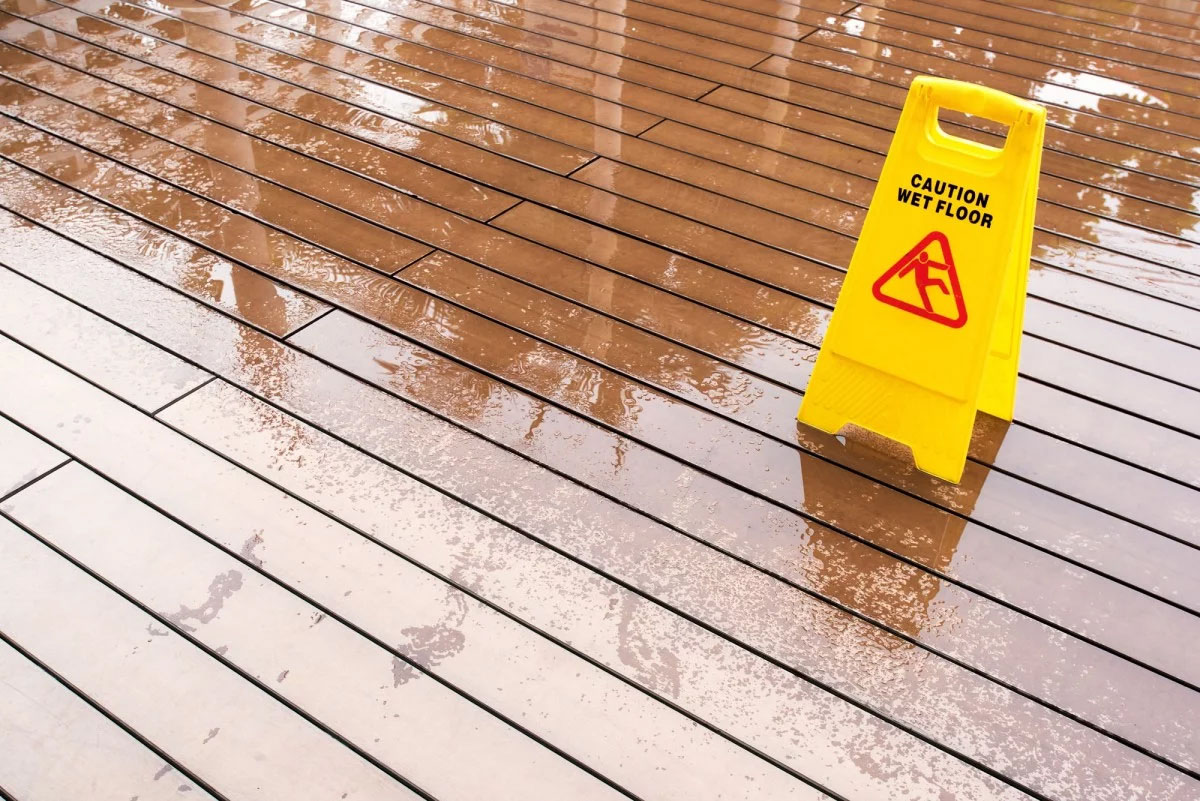
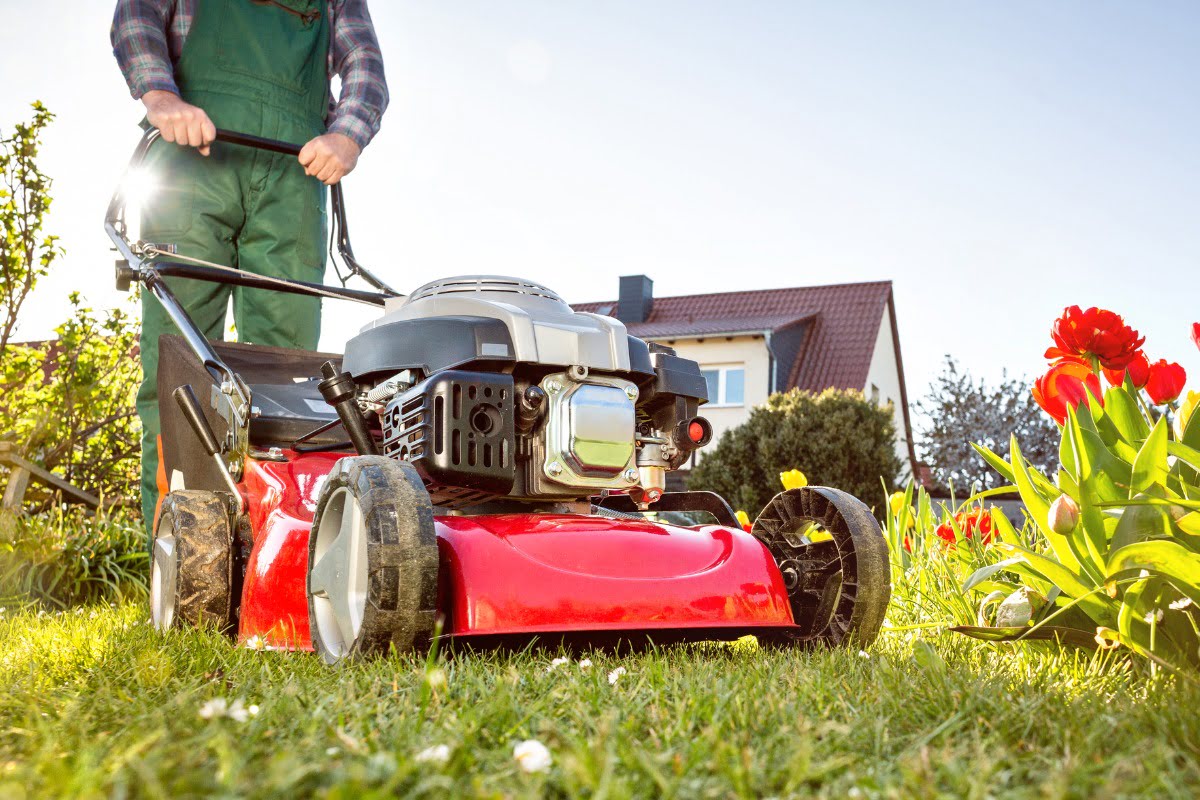
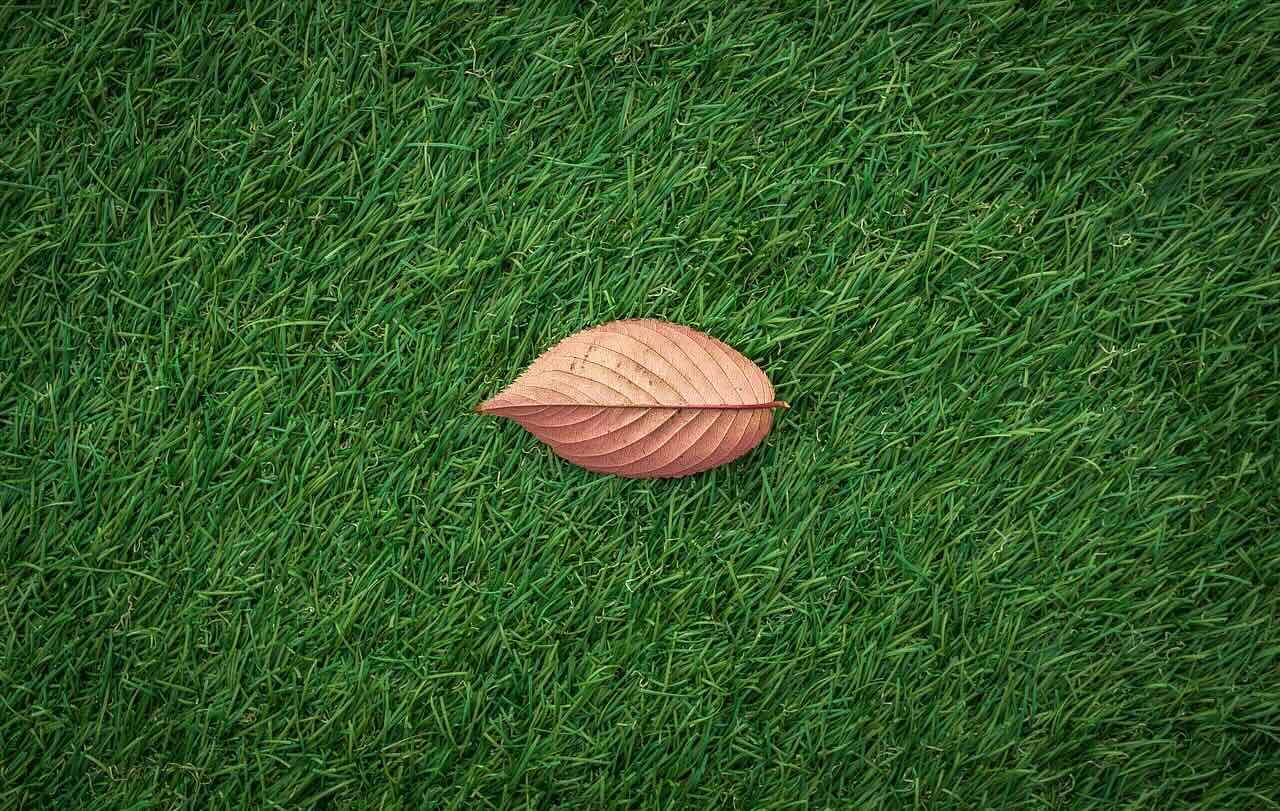
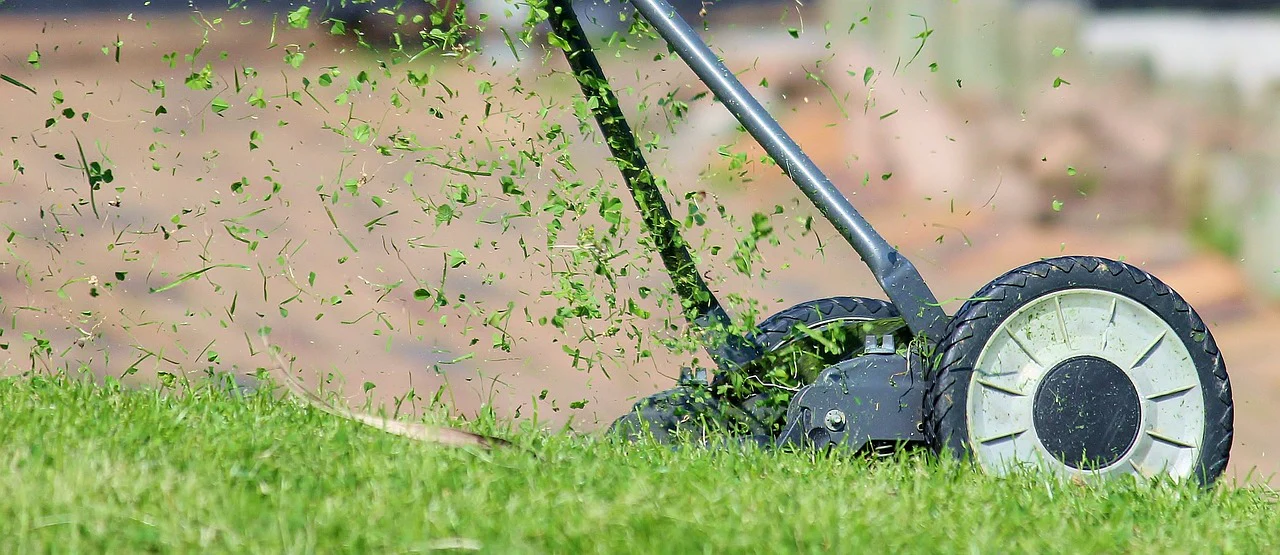

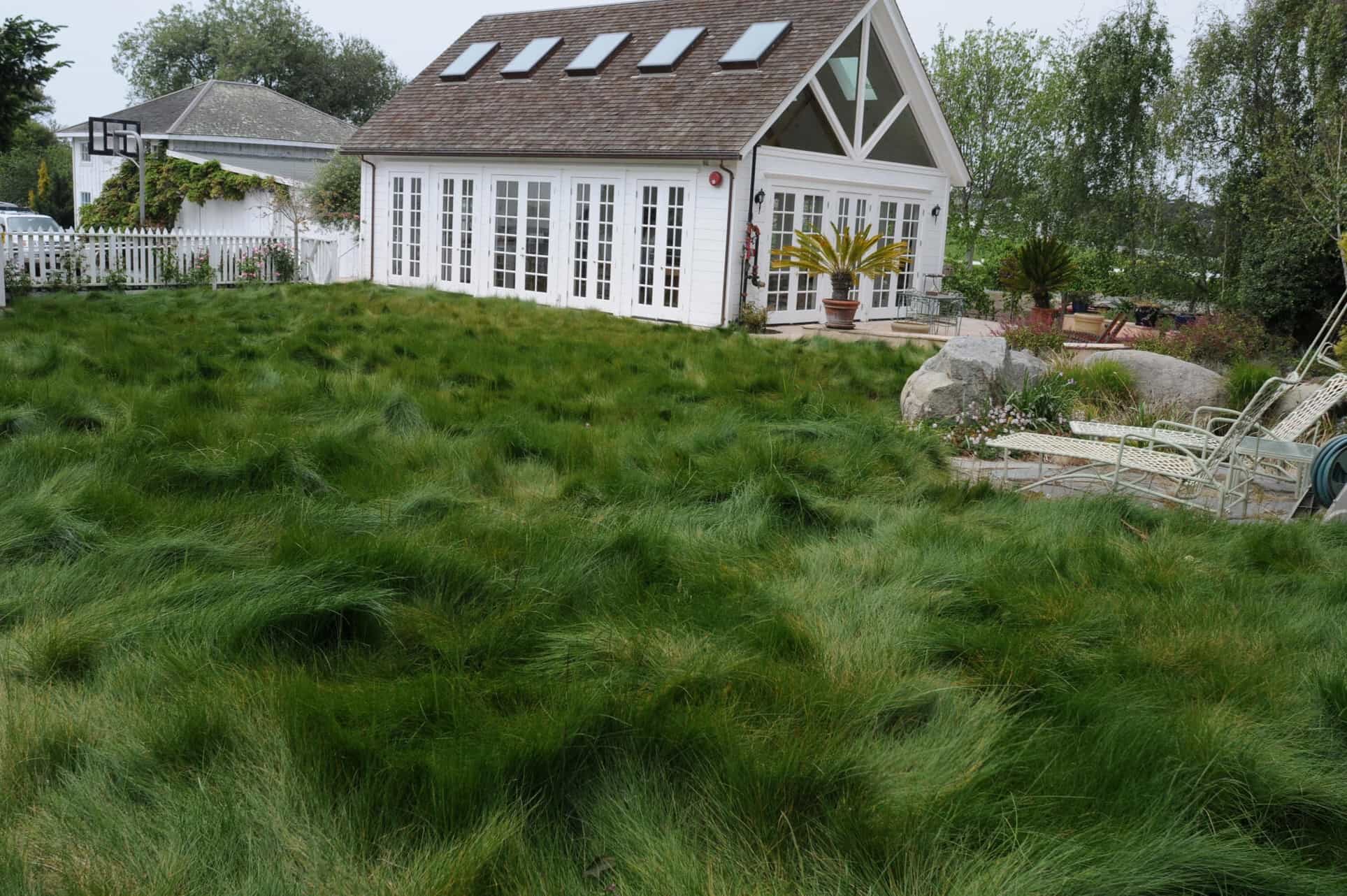
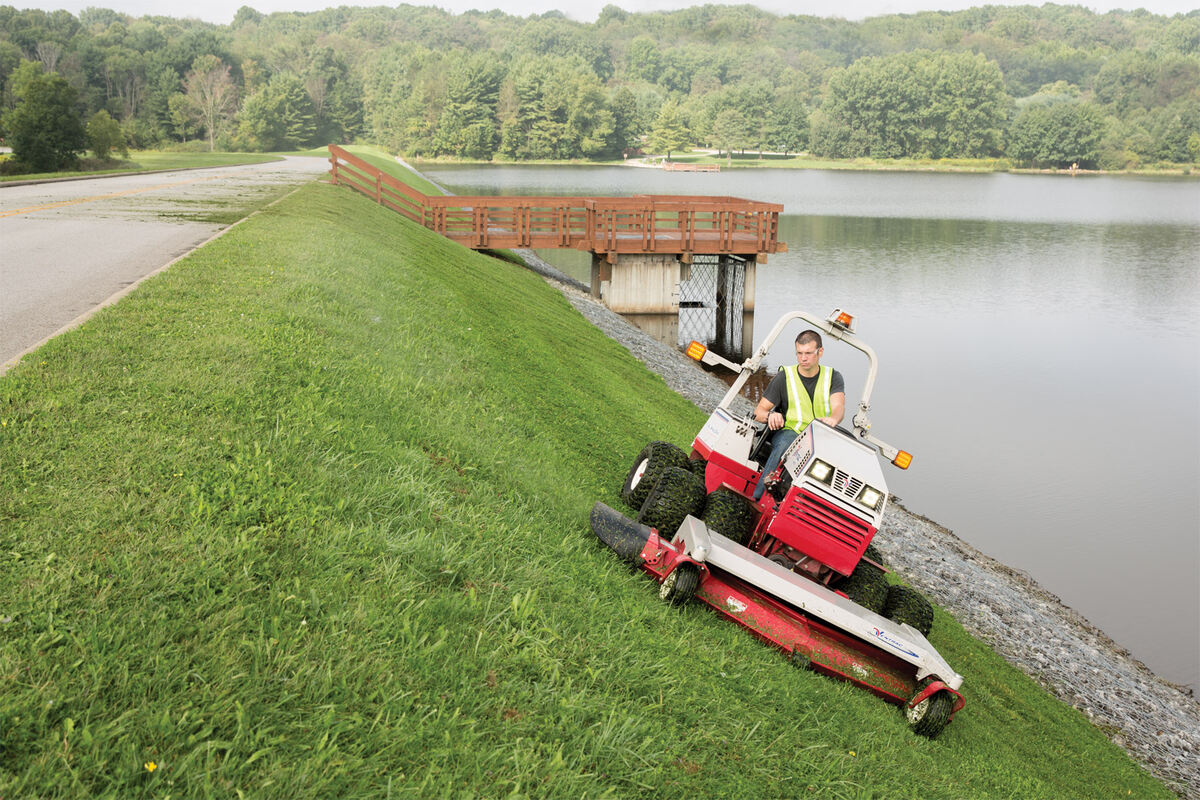
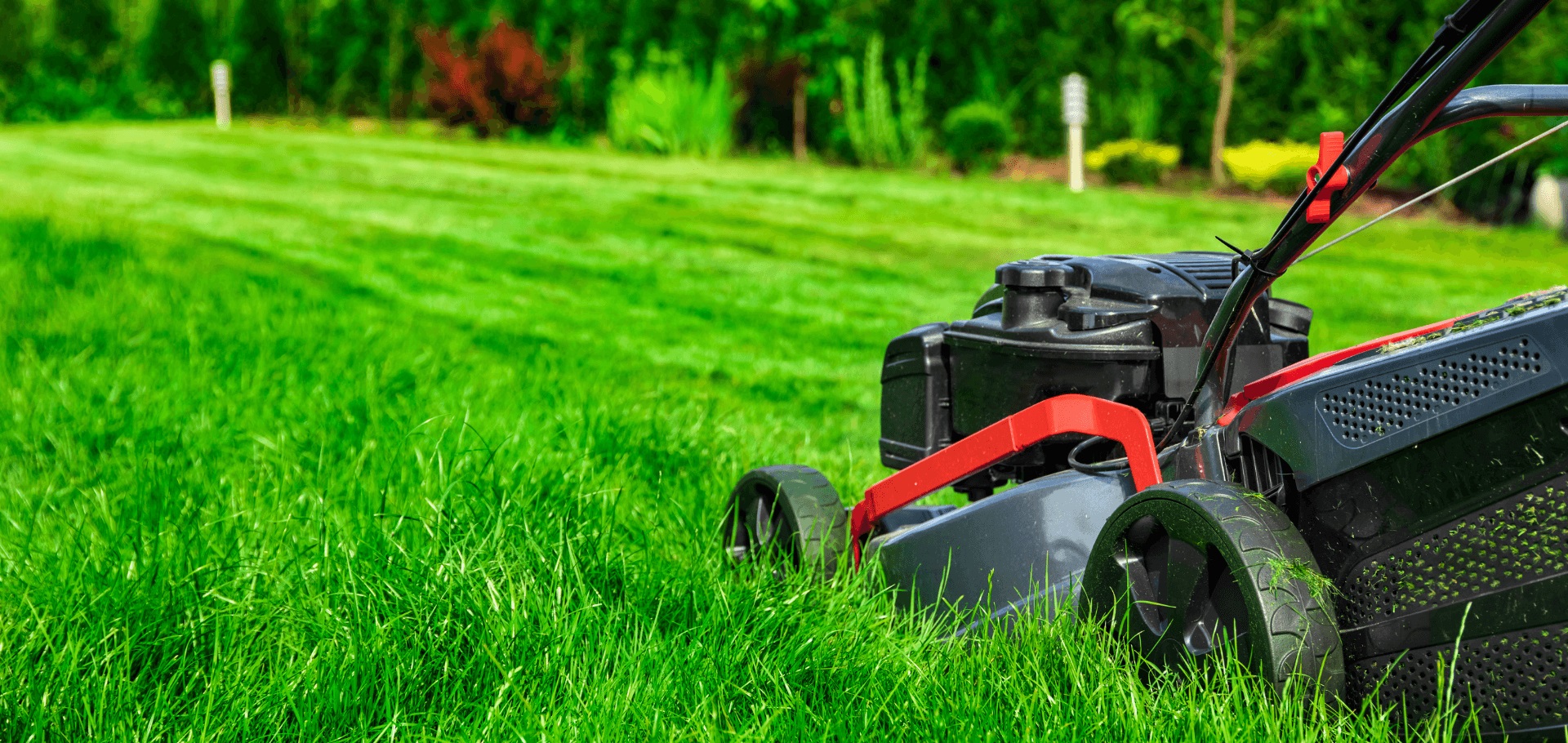
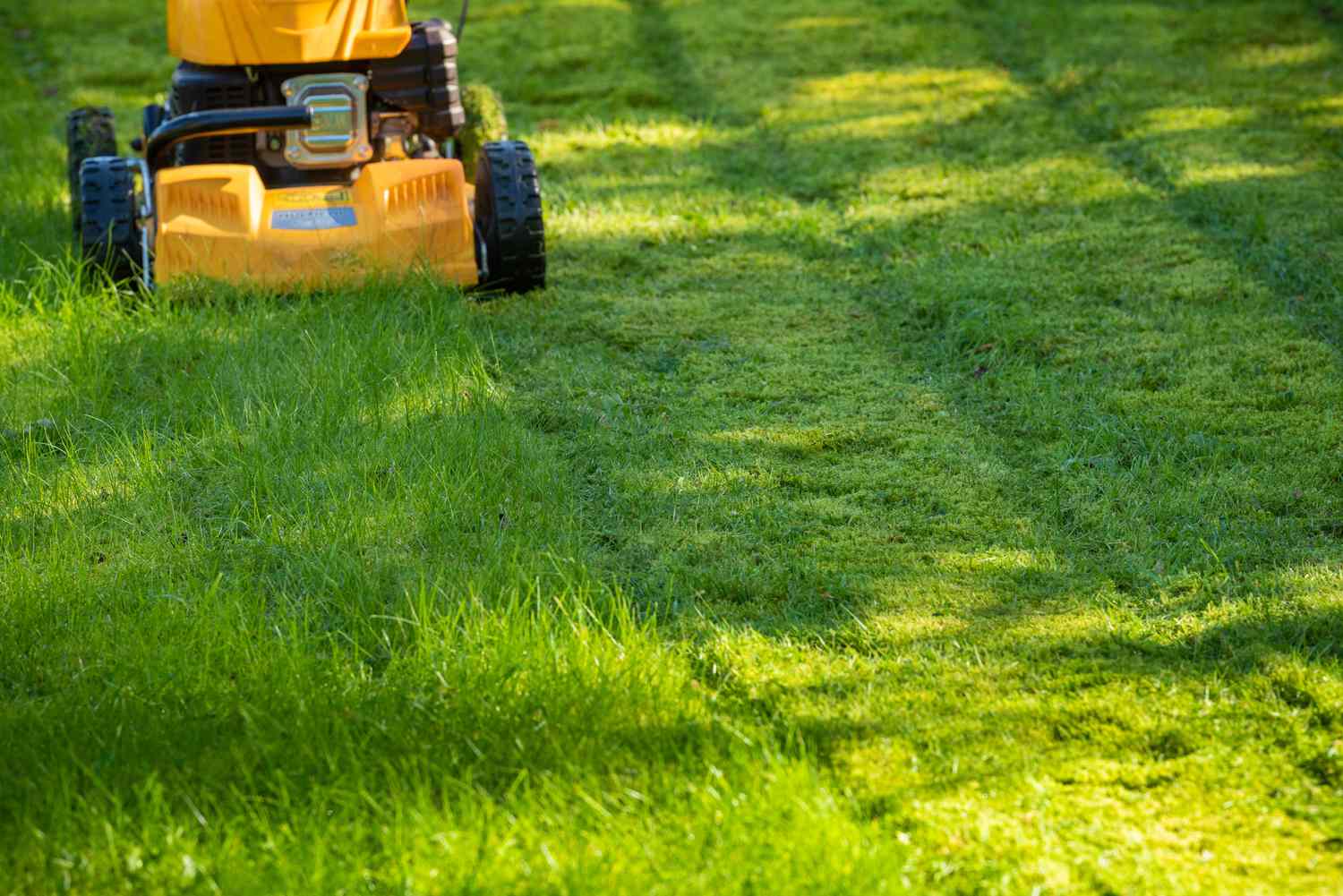
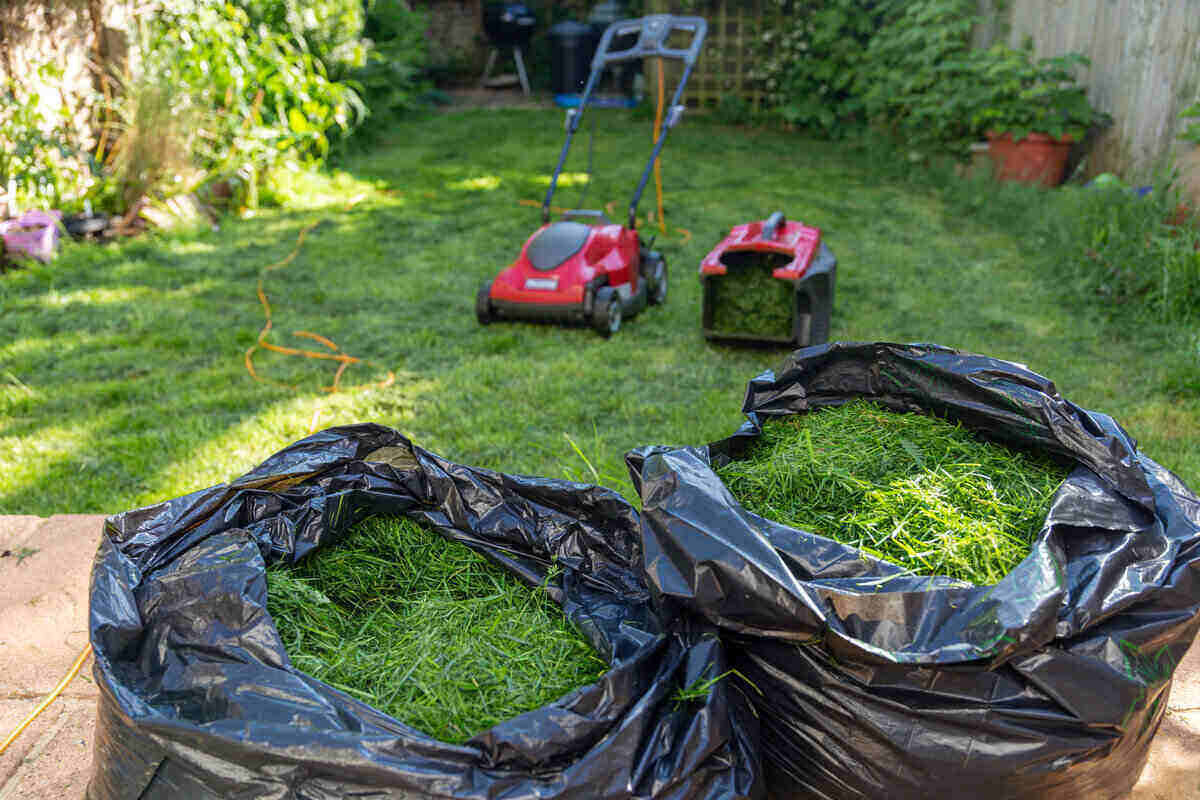

0 thoughts on “Can I Mow Grass When Wet”